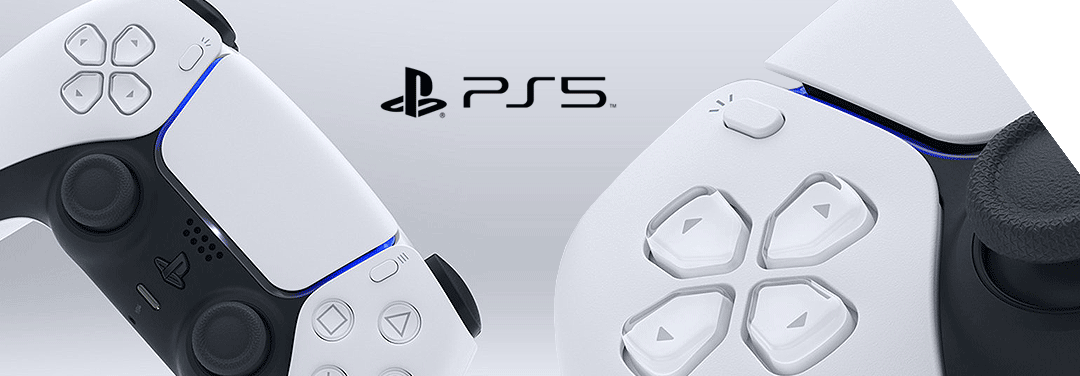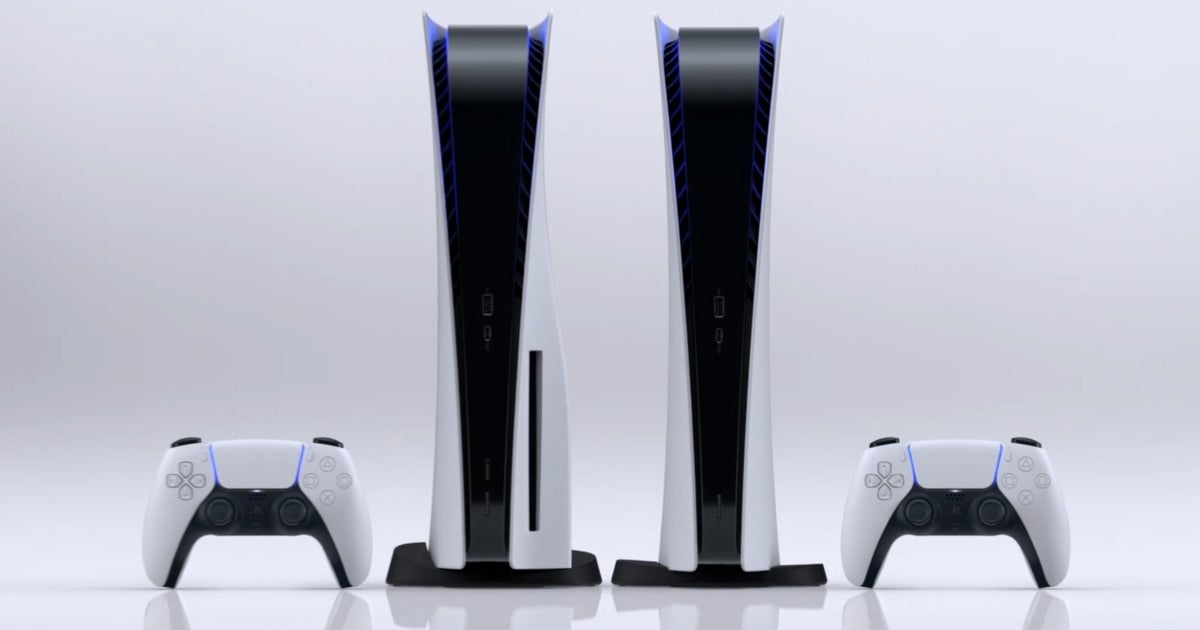Glad you agree that your concern is likely misplaced. The game as released was completed by business entities that still exist and could support its transition to new hardware if necessary. (Not to mention that it's also possible that all the exact same people worked on it through both periods of active development.)
My statement was about small polygons. Small polygons aren't relevant to what Cerny had said if they are handled via shader rasterization.
Your original statement was about small polys, but your second statement was about "bigger polygons". Hence my (continued) confusion. But ignoring that and assuming we're talking solely about small polys, you still haven't made your case. Unreal requires hardware rasterizer performance to fill in for Nanite compute rasterization. Mr. Cerny's stated preference for clockspeed is beneficial to future tech of this sort, not irrelevant to it.
Less then 2000 ?
How can they say that 1000s of games will work when there are less then 2000 ?
Because the already-BC list of 360 and original Xbox games would still take the total over 2000. However, I was incorrect about how many Xbox One games there are; see below.
I called it nonsense because i truly believe there will be no "Dragon Age" or "GTA6" with 120fps 8K.
For sure. But neither Sony nor Microsoft has claimed that there will be 8K120 games. Just that both of those things will be supported individually. (They also haven't claimed that either metric, even separately, will be common.)
I didn't know that there is a 120fps game on PS4, never heard about that.
That's because the HDMI out won't export it, so it's impossible for TVs to display. However, PSVR hooks up using two HDMI cables, and doesn't have this limitation. It has multiple games that run at 120fps (some on standard and Pro, some on Pro only).
Actually,
according to Wikipedia, there are 2521.
I don't like using Wikipedia, because it always contains mistakes for extensive lists like this. For example, even just a cursory glance shows that
The Evil Within and
Psycho-Pass are counted separately. And I'm sure there are other errors. For this reason, I used
Xbox.com to get the count.
However, it appears that--for whatever weird reason--the official Xbox site's "list of all games" doesn't include all the games on Xbox One. Some games can only be found by searching on the Microsoft.com store site. Unfortunately, that site has no way to see a comprehensive list of all games. So the true number of catalog titles is unknown. But I do agree my original statement was incorrect. The true library will be closer to 2500 than 1800 titles.
Either way, I still expect there's no shenanigans with Xbox's announced "thousands of titles" for BC. The vast majority of those ~2500 games will be playable on the next Xbox.
Isn't bandwidth always going to be a bottleneck until we somehow match on-die cache speeds?
Sure. The question is whether that will be the first bottleneck you encounter. With how much improvement there's been to CPU, GPU, and I/O with the upcoming consoles, the (comparatively) small increases to bandwidth seem like they could become a more common hindrance.
It was a real set from a 2019 game, but it had a lot of normal maps with big flat areas so they compressed really well.
I believe you're trying to imply that this makes the results of Kraken without RDO somehow misleading, but that doesn't follow. This isn't a toy example, or a cherrypicked scenario. This is a collection of real game texture data. It happened to include more compressible data than usual, but that just means this is a situation any compressor might well encounter during real world use. Of course such a 45% size reduction wouldn't be sustained throughout a game. But if realistic peaks can hit that high, it strongly suggests that overall reductions of 20-30% as previously stated are plausible. Obviously, BC7 compression isn't limited to single digits as you had claimed.
The mixture of the data set also tells somewhat against another of your arguments against
chris 1515 's interpretation. This was that in upcoming games the proportionate use of BC7 over other BCn formats will rise greatly, meaning what Sony presented wasn't relevant to future BCn ratios. In fact, here we already see in a 2019 release that 70% of texture data were BC7. There's still room for more, of course, and this does mean that BC7Prep could be increasingly important, as you suggested. But at the same time it makes it mildly more plausible that the compression savings quoted by Sony didn't include RDO. (Which is not to say that it definitely didn't; RDO savings may well have been part of the metric.)







